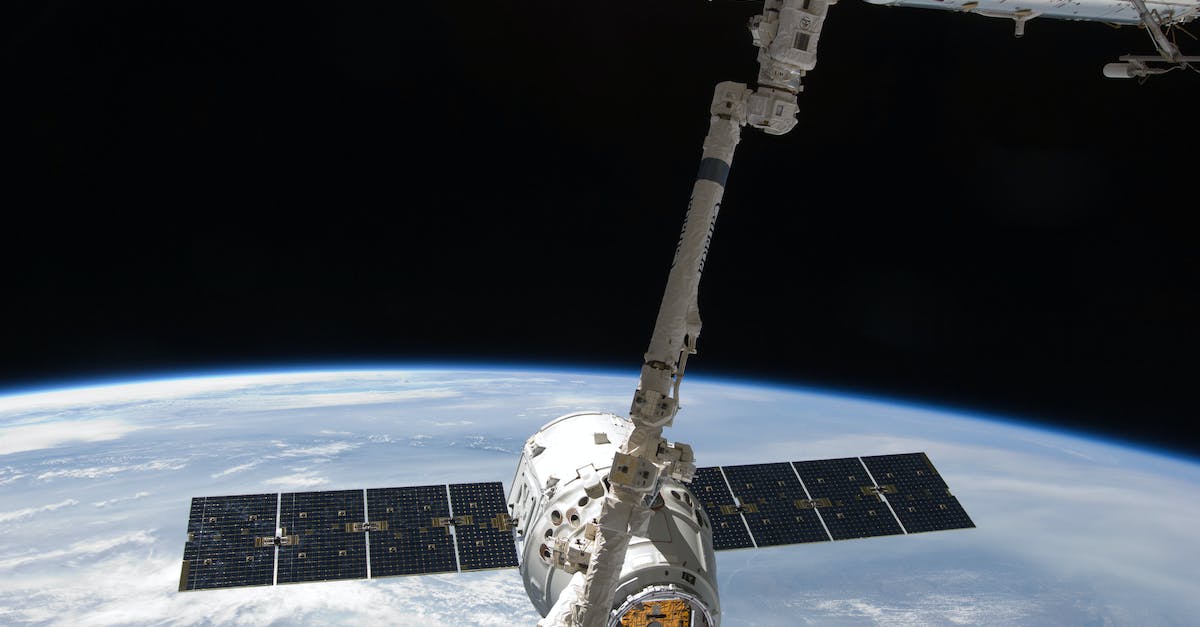NASA’s ambitious objective to create a space community within the next twenty years focuses on lunar and possibly Martian colonization. Through innovative 3-D printing technology, lunar dust will be utilized in constructing habitats by 2040. This initiative, driving humanity towards a deeper understanding of life in extraterrestrial environments, heavily relies on collaboration with academic institutions and private corporations.
Lunar Construction with 3-D Printed Technology
NASA plans to send a 3-D printer to the Moon to build structures layer by layer using lunar concrete. This unique material, derived from rock fragments, minerals, and lunar dust, negates the need to transport hefty materials from Earth, significantly lowering costs. Lunar concrete additionally suits the extreme temperature fluctuations and low gravity experienced on the Moon.
Project Olympus and In Situ Resource Utilization
ICON, tasked with overseeing the extraterrestrial construction under Project Olympus, plans to utilize in situ resource utilization, employing materials found on other planetary surfaces. This method radically streamlines space construction, reducing costs and paving the way for viable habitats on the Moon and Mars.
The Pivotal Moment in Advancing Space Technology
Niki Werkheiser, NASA’s director of technology maturation, marvels at the acceleration of space technology advancements in recent years. Government agencies and private companies have made significant strides, leading to extraordinary innovations that set the stage for incredible progress in space exploration.
Partnerships with Academia and Industry Leaders
In contrast to the Apollo mission era, NASA actively seeks collaboration with academic and industry leaders, broadening the scope of potential partnerships. This approach not only fosters knowledge exchanges, but also contributes to the evolution and implementation of groundbreaking technology that can redefine space exploration.
Optimism and Dedication towards a Common Goal
Werkheiser and the team are enthusiastic and committed to overcoming challenges and refining the necessary details for success. Their collective, collaborative mindset plays a crucial role in achieving the project’s goals.
Simulating Lunar Dust for Research
At NASA’s Marshall Space Flight Center in Alabama, researchers examine simulated spheres of moon dust called lunar simulants. These particle simulations help assess the effects of lunar dust on spacecraft, equipment, and astronaut health during future moon missions.
Transforming Lunar Dust into Construction Materials
Raymond Clinton Jr., deputy director of the Science and Technology Office at NASA’s Marshall Space Flight Center, explores methods of converting hazardous lunar dust into viable construction materials. Minimizing the need to transport heavy materials from Earth, this research significantly reduces mission costs and risks while enabling sustainable, long-term lunar human presence.
FAQ Section
What is NASA’s objective for creating a space community?
NASA aims to create a space community within the next 20 years with a focus on lunar and possibly Martian colonization. This will be achieved by utilizing lunar dust for constructing habitats by 2040 and collaborating with academic institutions and private corporations.
How will lunar construction be achieved with 3-D printed technology?
NASA plans to send a 3-D printer to the Moon, which will build structures layer by layer using lunar concrete – a unique material made of rock fragments, minerals, and lunar dust. This helps to reduce the need for transporting materials from Earth and lowers costs.
What is Project Olympus, and how does it use In Situ Resource Utilization?
Project Olympus is overseen by ICON and aims to use in situ resource utilization for space construction. This method employs materials found on other planetary surfaces, streamlining the construction process, reducing costs, and enabling viable habitats on the Moon and Mars.
How is NASA collaborating with academia and industry leaders?
NASA actively seeks collaboration with academic and industry leaders, encouraging knowledge exchanges and contributing to the development and implementation of groundbreaking technology that can redefine space exploration.
What is the role of lunar simulants in NASA’s research?
Lunar simulants help researchers assess the effects of lunar dust on spacecraft, equipment, and astronaut health during future moon missions. Simulated spheres of moon dust are studied at NASA’s Marshall Space Flight Center in Alabama.
How is lunar dust being transformed into construction materials?
Researchers, led by Raymond Clinton Jr., are exploring methods of converting hazardous lunar dust into viable construction materials. This minimizes the need to transport heavy materials from Earth and significantly reduces mission costs and risks while enabling a sustainable long-term lunar human presence.
First Reported on: nytimes.com
Featured Image Credit: Photo by SpaceX; Pexels; Thank you!













